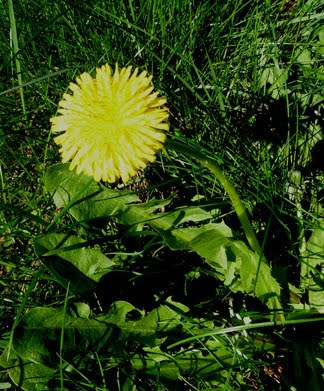
No, it's not the latest foodie craze. It's a dream I had. Yes, I dreamt that some mason bee guru told me that you had to eat the cocoons so they could hatch and so I ate them like vitamin pills. It was very strange. What does it all mean? It means I have been reading about mason bees from dawn to dusk. I also have a feeling in my bones that the males are gonna come out this weekend. Now that the sun is out, masses of cherry trees and Pieris Japonica (see above) are blooming, it's time to see some mason bees! I've got some cocoons in my fridge that I might put out this weekend, depending on the long range forecast. In the meantime, I'm going to be hosting a mason bee charette with a grade 6 class. Each group of students will design the ultimate mason bee condo. Here are the criteria. Why not try it yourself and let me know how it goes?
Criteria:
1) Waterproof, weatherproof and sheltered from the elements (ie cold winds, snow)
2) Keeps cocoons safe from large predators: skunks, raccoons, woodpeckers
3) Keeps cocoons safe from tiny predators: mites and parasitic wasps
4) Has a way to be attached to the (south)east side of a building or architectural structure.
5) Has a way for bees to orient themselves to their home hole so they don't end up in a fight.
6) Allows the cocoons to breathe in wet weather and not get mouldy.
7) Opens up so that it can be cleaned and sanitized in November and easily reassembled for the spring.
8) The tunnels are made with a material that the bees have traction to navigate and turn inside the tubes without slipping.
9) The materials are ecologically sound and safe for the bees.
Bonus points for:
1) A safe compartment for cleaned cocoons
2) A predator guard
3) A really cool name
4) A really cool sign
5) A visible home so that you can monitor the bees at work
6) A way you can modify the home for summer mason bees and/or leaf cutter bees
 On Friday we explored seeds all day with both kindergarten classes and their older buddies. Kids this age are almost always delighted with the licorice scent and taste of fennel, so it's a good seed to start with. I like students to be able to use their five senses to explore seeds.
On Friday we explored seeds all day with both kindergarten classes and their older buddies. Kids this age are almost always delighted with the licorice scent and taste of fennel, so it's a good seed to start with. I like students to be able to use their five senses to explore seeds. As part of the process, students were given a bowl of mixed bulk seeds and tried to find five kinds of seeds and separate them from the chaff. They decorated their own seed packets to take home.
As part of the process, students were given a bowl of mixed bulk seeds and tried to find five kinds of seeds and separate them from the chaff. They decorated their own seed packets to take home. We talked about beneficial insects: the ladybugs who are attracted to fennel and the bees attracted to sunflowers, calendula, marigolds, and buckwheat. We studied the stages of life of a ladybug: egg, larva, pupa and adult.
We talked about beneficial insects: the ladybugs who are attracted to fennel and the bees attracted to sunflowers, calendula, marigolds, and buckwheat. We studied the stages of life of a ladybug: egg, larva, pupa and adult. The students collaborated on drawings of seeds and ladybugs and some glued seeds to the artwork. Students were engaged and focused. I think seeds have the magical power to create a meditative state. One of the grade five students said wryly: "Look at us sorting seeds like a bunch of old grannies."
The students collaborated on drawings of seeds and ladybugs and some glued seeds to the artwork. Students were engaged and focused. I think seeds have the magical power to create a meditative state. One of the grade five students said wryly: "Look at us sorting seeds like a bunch of old grannies." The afternoon class planted some marigold seeds. The quote of the day: "Can you help me? Because I don't like to get my hands dirty when I'm gardening." Indeed. I did manage to get him to stick his pinky into the potting soil. The afternoon class staged a mock royal wedding in honor of William and Catherine, complete with security, imaginary horse-drawn carriages, cookies (proper biscuits) and plastic crowns. I pretended I was a visiting reporter from the CBC, capturing their smiling faces for the Canadian public.
The afternoon class planted some marigold seeds. The quote of the day: "Can you help me? Because I don't like to get my hands dirty when I'm gardening." Indeed. I did manage to get him to stick his pinky into the potting soil. The afternoon class staged a mock royal wedding in honor of William and Catherine, complete with security, imaginary horse-drawn carriages, cookies (proper biscuits) and plastic crowns. I pretended I was a visiting reporter from the CBC, capturing their smiling faces for the Canadian public.











































